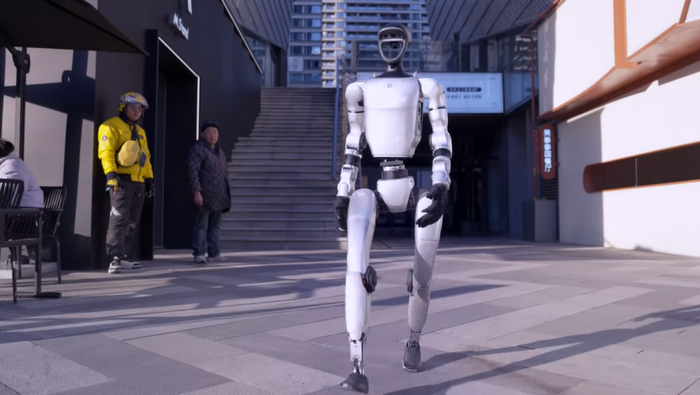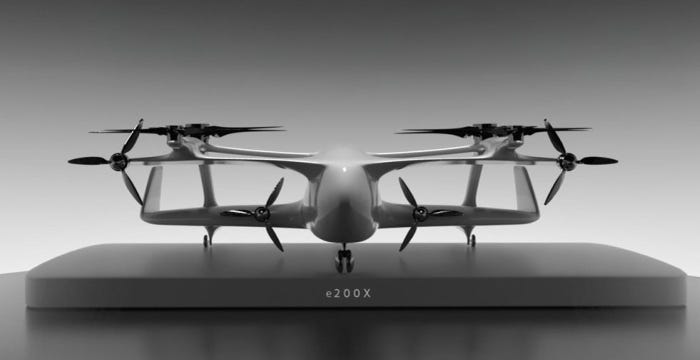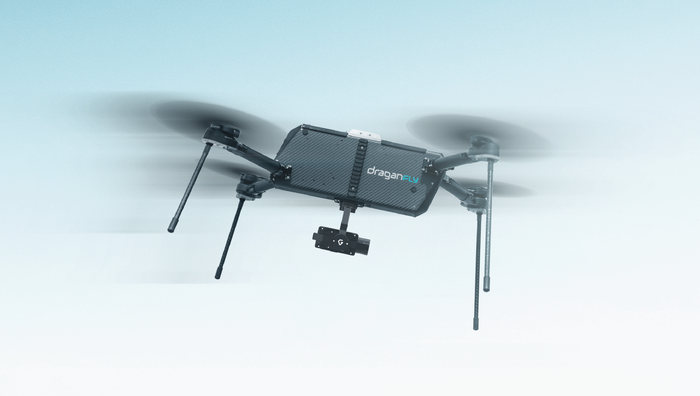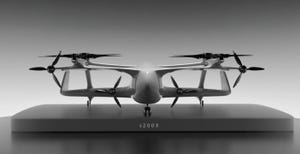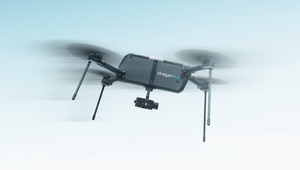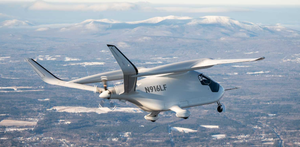Researchers Create Two-Legged Robot Powered by Muscle TissueResearchers Create Two-Legged Robot Powered by Muscle Tissue
Electrical currents were used to contract the muscle tissues, allowing the small-scale robot to walk and pivot in place

Researchers have created a new two-legged robot powered by living muscle tissues.
The robot, created by a team from the University of Tokyo in Japan, was modeled on human movements and can walk and “pivot” to avoid obstacles.
The small-scale robot can also operate in water, designed with a foam upper half for buoyancy, and weighted legs to help it stand straight, while the frame is made from silicon rubber for increased flexibility.
Strips of lab-grown skeletal muscle tissues were then attached to the silicone rubber and each leg, with electric currents sent through the tissue to cause contractions, lifting the leg of the robot with each zap.
In a video demonstration, the team showed the robot taking small steps through water.
Study author Shoji Takeuchi said the team’s design represents a “giant leap forward” for the field of biohybrid robots, a research field that combines organic and artificial materials to create next-generation robots.
"Research on biohybrid robots, which are a fusion of biology and mechanics, is recently attracting attention as a new field of robotics featuring biological function," said Takeuchi. "Using muscle as actuators allows us to build a compact robot and achieve efficient, silent movements with a soft touch."
Next, the team said it will integrate joints and thicker muscle tissues into the bipedal robot to enable more sophisticated and powerful movements, as well as leverage electrodes to increase the robot’s speed.
"Currently, we are manually moving a pair of electrodes to apply an electric field individually to the legs, which takes time," said Takeuchi. "In the future, by integrating the electrodes into the robot, we expect to increase the speed more efficiently."
However, before upgrading the robot, Takeuchi said the team will have to integrate a nutrient supply system to sustain the living tissues already attached to the robot’s frame, allowing it to operate in the air.
About the Author
You May Also Like


